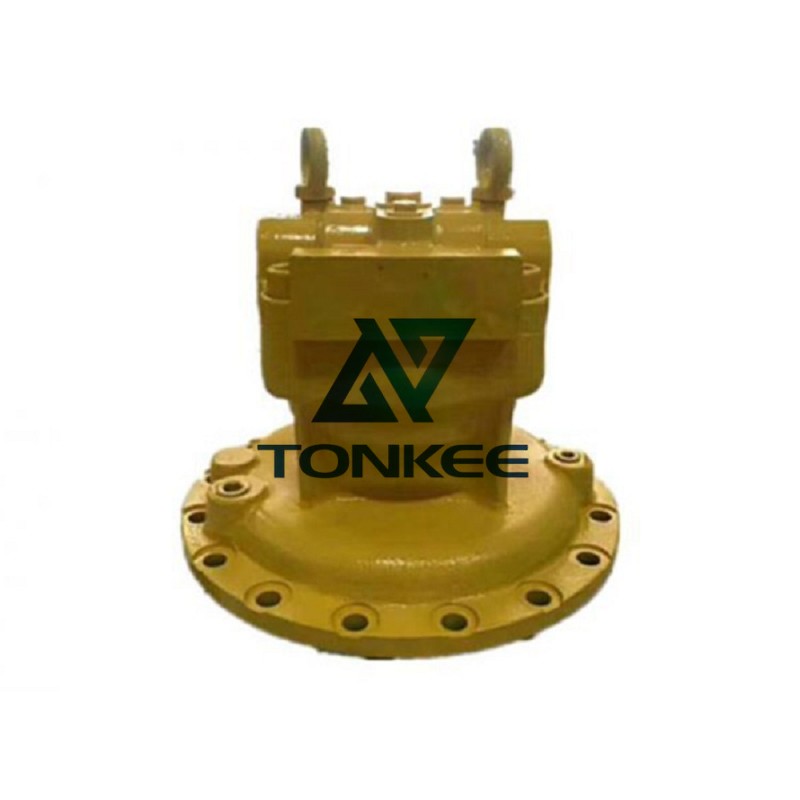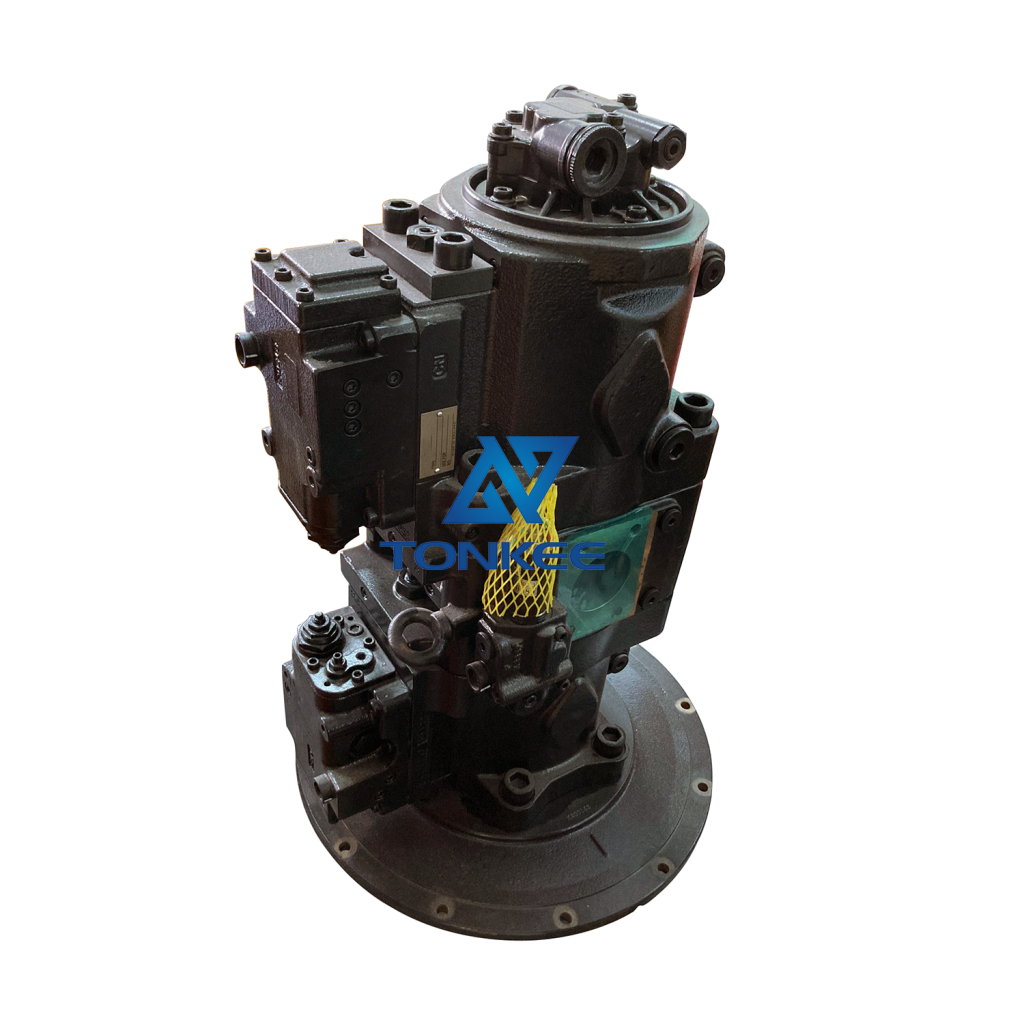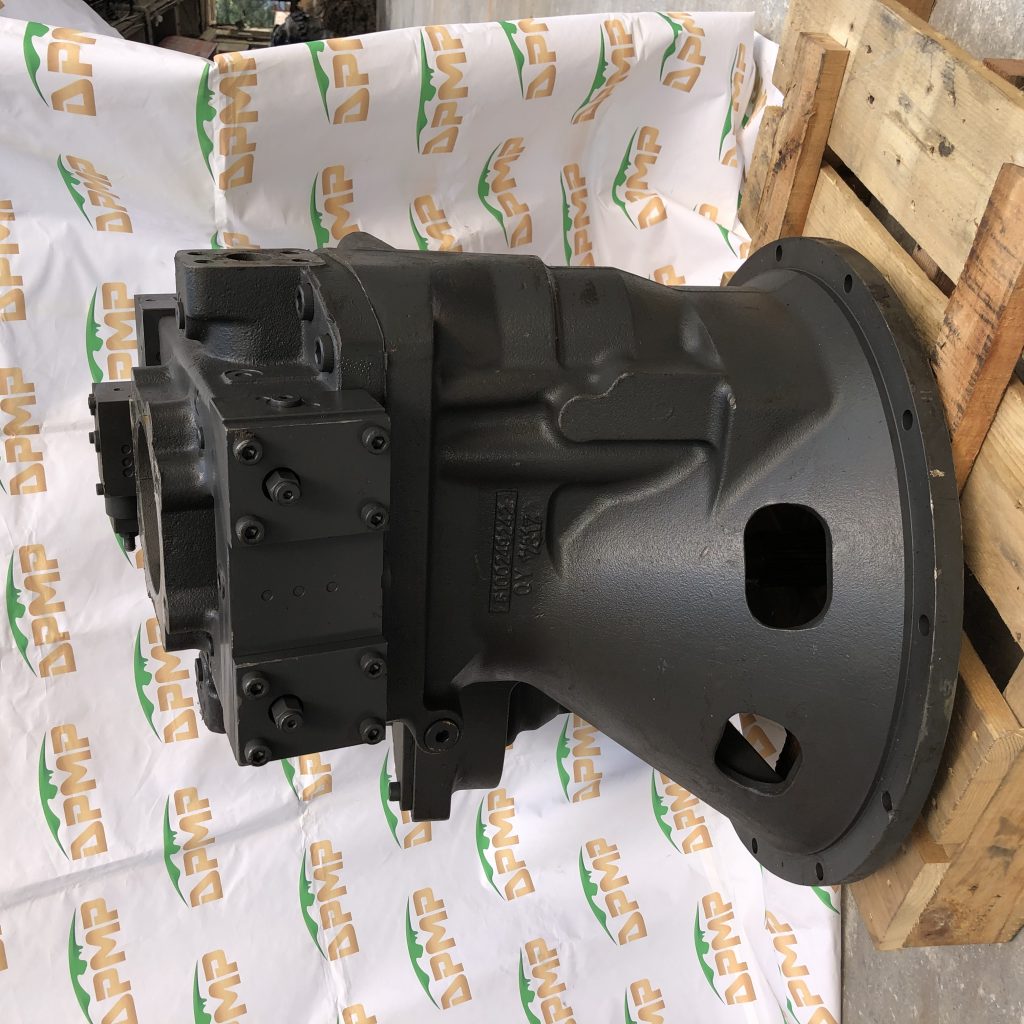
Type and Size: Swing motors come in various types, including hydraulic and electric, and their size depends on the specific application and machinery they are designed for.
The 3349968 Swing Motor might have a specific type and size, which would determine its capabilities.
Power and Torque: The power output and torque of a swing motor can vary widely. It is essential to know the motor's power rating, typically measured in horsepower (HP) or kilowatts (kW), as well as the maximum torque it can generate. This information determines the motor's capacity to swing the equipment effectively.
Speed: Swing motors have a rotational speed that is usually measured in revolutions per minute (RPM). The speed is a crucial factor in determining how quickly the upper structure of the machinery can be rotated.
Control Mechanism: Swing motors can be controlled using various methods, including manual control levers, joysticks, or automated systems.
Understanding the control mechanism is essential for operators and maintenance personnel.
Mounting and Compatibility: The 3349968 Swing Motor may have specific mounting requirements and compatibility specifications, ensuring it can be integrated seamlessly with the machinery it's designed for.
Durability and Maintenance: Information about the motor's durability, expected lifespan, and recommended maintenance intervals is crucial for ensuring the equipment's longevity and performance.
Environmental Considerations: Some swing motors are designed to operate in challenging environments, such as extreme temperatures, corrosive conditions, or underwater. Understanding the environmental specifications is important for selecting the right motor for the job.
Safety Features: Many swing motors include safety features to protect the machinery and operators. These might include overload protection, emergency stop mechanisms, and fail-safes.



 English
English Русский язык
Русский язык





